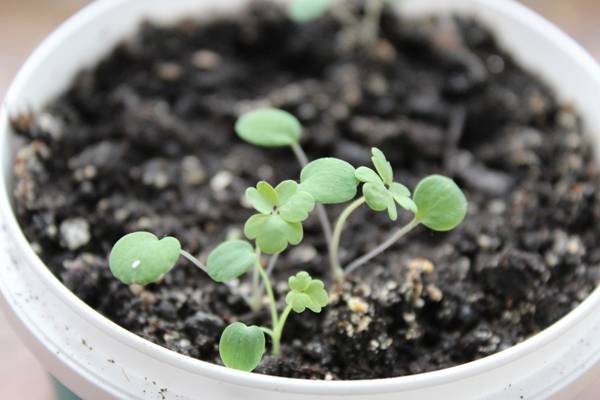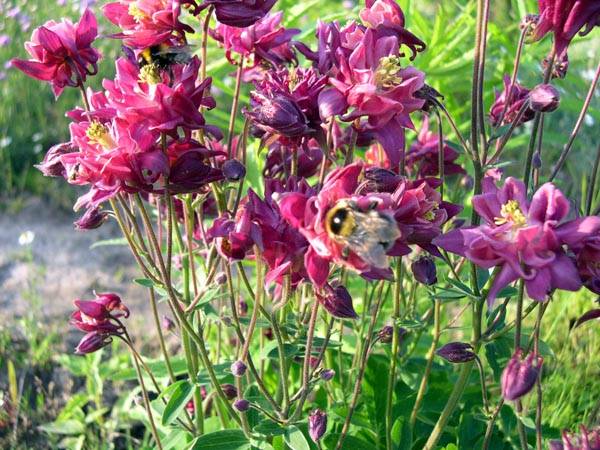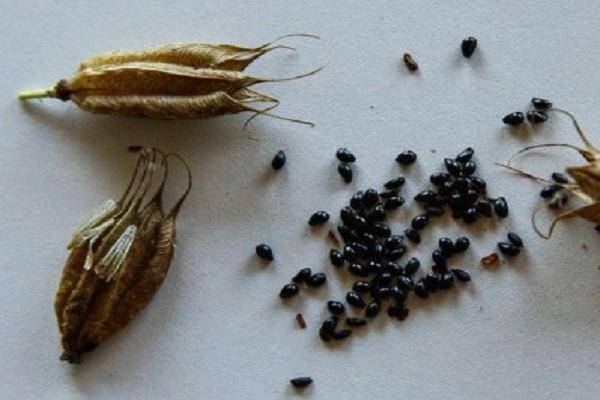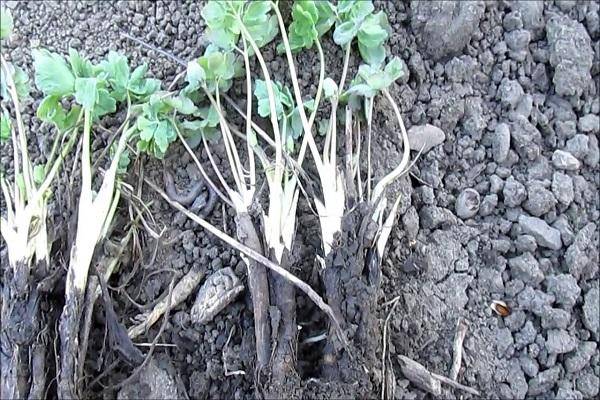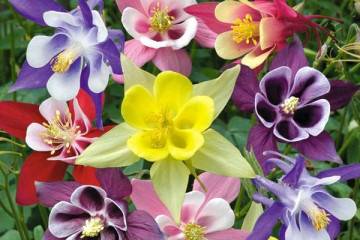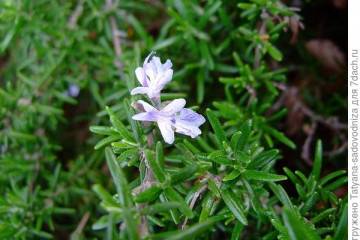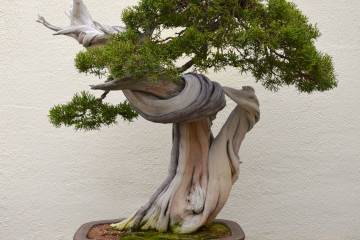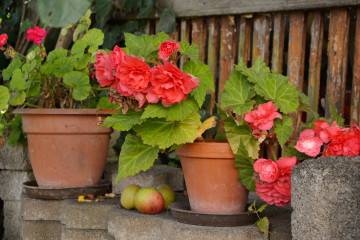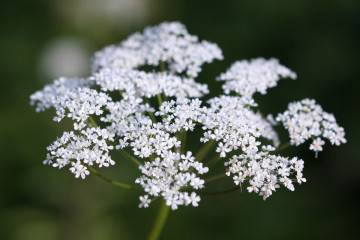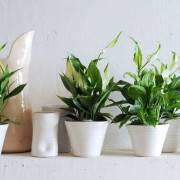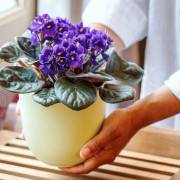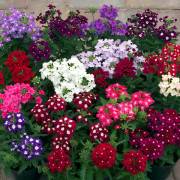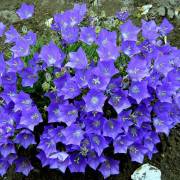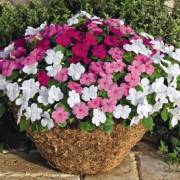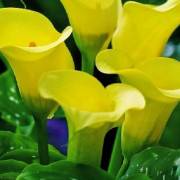Aquilegia - growing from seeds
Content:
One of the most popular types of garden perennials is aquilegia. A large number of hybrid varieties grow in the home plots, decorating them from May to September. Experienced gardeners believe that seed aquilegia is the most reliable way of plant propagation.
This will be discussed below in the article, as well as what to do with aquilegia after flowering.
Aquilegia: growing from seed
Seed material gives maximum germination rates only in the first year after harvest. In the next 365 days, the level falls, and by the third year of storage, it completely fades away. When purchasing seeds in specialized stores, you need to pay attention to the packaging date, since the old planting material has practically no chances.
When to plant seedlings
Experts say that the best time for planting work is March-April, but you need to take into account the specifics of the region:
- The middle lane, including the Moscow region, is the middle and end of March;
- South of Russia - late February or early March;
- Volga region - end of March;
- Urals, Siberia, Leningrad Region - mid or late April.
Planting seeds
Step-by-step instructions for growing seedlings at home:
- A drainage layer up to 1.5 cm is laid at the bottom of the container.
- The container is filled with special soil. There should be a distance of 0.5-1 cm to the edge of the container.
- The earth is moistened with warm pre-settled water.
- The seeds are sown evenly, a distance of 1 cm is kept between them.
- From above they are covered with a 5 mm soil layer.
- Secondly watered from a spray bottle.
- The container is covered with plastic wrap to create a greenhouse effect.
Conditions for growing aquilegia from seed
The planting material is kept at high humidity and low temperature. The process repeats what happens in natural conditions to seeds. Stratification is necessary due to their poor germination capacity for strong and healthy seedlings.
There are 3 stratification options:
- cotton pads. Seeds are wrapped in a slightly moistened disk, put in a plastic bag and sent to the refrigerator;
- wet sand. The seeds are mixed with calcined river sand, wrapped in foil and refrigerated;
- after sowing. Seeds are planted in a container with earth, covered with a lid and placed in the refrigerator. This method is considered the best, since at the end of the term, the seed does not need to be sown, it is enough to move the bowl to a warmer room.
After 1 month of processing, the workpiece is taken out, normal lighting, the necessary moisture and temperature conditions are provided.If germination occurred earlier than expected, the container is removed from the refrigerator and sent to a warm and bright place.
Planting seedlings in open ground
Gardeners advise against rushing to plant young plants directly into the soil. It is better to wait until the air warms up to 15 ° C. Before planting work, check the weather forecast and make sure that frost does not return.
When and how to plant seedlings in open ground
Aquilegia (seedlings) requires transplanting to a permanent place according to a certain scheme:
- 2 hours before the procedure, the plants are watered abundantly.
- Holes are made in a pre-selected area. Their size should be slightly larger than the container in which the seedlings were grown.
- The distance between the holes should be from 20 to 30 cm.If tall varieties are planted, then the distance increases to 40 cm.
- Seedlings are transplanted using the transshipment method, preserving the earthen clod on the roots.
- It is not necessary to bury the plants in the ground, they must be at the same level as in the containers.
- The wells are covered with a substrate, the earth around the plant is neatly compacted.
- Watering and mulching are carried out.
Plant care in soil
What activities does the care consist of:
- timely loosening of the earth and removal of weeds;
- top dressing;
- moderate soil moisture;
- tying tall plants with twine to wooden pegs.
Planting and caring for aquilegia in Siberia
How to grow aquilegia from seeds in a Siberian climate? After the standard procedures for planting seeds for seedlings and their development, the bushes are planted in open soil only in the first month of the summer season. The flowering of plants should be expected in the second year after planting. Full development is observed at the 3rd year of life. Plant care depends on the season.
- Spring. The site is cleaned of vegetation remnants, the soil is carefully loosened around the flower, humus is added, complex fertilizers are applied, and watered regularly.
- Summer. The earth must not be allowed to dry out. Abundant watering is essential during the hot months. In addition, weeds are regularly removed, the sand around the flowers is loosened, and faded flower stalks are removed. If this is not done, then the ripe seeds will be spread over the beds, and they will quickly sprout. Top dressing is carried out twice a season: mullein infusion (1 liter per 10 liters of water) or a mixture of superphosphate (50 g), potassium salt (15 g), urea (25 g).
- Fall. An inspection of the catchment area is carried out, the affected specimens are dug up. Young bushes are being planted so that they have time to take root before the first cold snap. At the same time, you can carry out winter propagation of aquilegia by seeds in prepared beds.
- Winter. Preparing for winter requires special attention. All plants are examined, since some of them may grow roots during the season and appear on the surface. To avoid freezing of the bushes, it is necessary to cover them with peat and humus. This will help not only protect the aquilegia, but also feed it additionally.
Reproduction of aquilegia
The flower can reproduce in three ways: with the help of seeds, cuttings and the separation of bushes. The appropriate method is selected based on the possibilities, but seed planting is more often used.
Seeds
Growing from aquilegia seeds can also occur with self-sowing. To avoid this, you need to collect seeds in a timely manner as they ripen.Gardeners carry out the procedure at different times of the year:
- plant immediately after harvest in any unoccupied area;
- plant in springtime. For this, the seed is kept in a cool place before starting work.
With the arrival of spring, seeds are planted in a mixture made from sand, humus and leafy earth. All ingredients are taken in equal proportions. After preparing the earth, seeds are spread on it, and the top is covered with a layer of earth of 3 mm. The container is stored in the shade at a temperature of 17 ° C, periodically watered as the soil dries.
Many are interested in what to do next when the aquilegia has faded. Immediately after this, you need to cut the peduncles. If they were removed from diseased bushes, then they are burned, the rest are placed in a compost pit. Individual stems are left to obtain seed.
How to harvest aquilegia seeds and when is it best to do it? It is better to do this in August, before the boxes open on their own. Better to dry them in the apartment than trying to pick up miniature seeds from the ground.
How to harvest aquilegia seeds without loss:
- Each box is tied with gauze.
- After lightly pressing on its sides, the seeds fall onto the fabric.
- The gauze is carefully removed along with the collected planting material.
Cuttings
Cuttings are used to produce new plants of a particular variety. With the seed method, they most often do not persist due to the ability of the flowers to re-pollinate. Young root rosettes are taken in the role of a cutting, which are separated and rooted in spring or autumn. It is believed that a stalk taken in the spring from the mother bush to the formation of foliage takes root better.
Reproduction is carried out according to the scheme:
- Carefully cut or break off the socket at the very surface of the earth.
- The cut is treated with a root stimulator.
- Prepare beds with a light substrate from a mixture of sand and peat, moisten.
- The rosettes are planted 1 cm, the soil around is slightly compacted.
- Before the first roots appear, the sand should be constantly wet, after which they switch to moderate watering.
Plantings are sheltered from direct sunlight. Greater effects in survival are achieved at high humidity. To create it, a temporary greenhouse is built or the seedlings are covered with plastic cans. Airing is periodically carried out to avoid rotting of the cuttings.
Dividing the bush
This method is not the most convenient for increasing the amount of aquilegia. Damage to the root system is poorly tolerated by the flower, after which it does not take root well in a new area. You can propagate old plants, which disintegrate into separate parts, after 5 years. Sometimes this option is used to increase the number of rare varieties and preserve the main characteristics.
How to do it right:
- Cut the root with a sharp knife. Each site should have at least 2 buds.
- Plants are planted in pre-prepared holes.
- Water immediately.
- In the future, the soil is moistened during drought.
Transplanting aquilegia to a new location
Any kind of catchment does not respond well to movement. It can only be transplanted when absolutely necessary.
Transplants are done every five years. By this time, the flower fades away, and on the alpine hill it is necessary to maintain the density of plantings. Only young specimens are moved. If the root system has managed to go deep into the ground, then the digging procedure will damage it.
How to properly transplant aquilegia to another place:
- The earth is loosened and watered.
- The old bush is carefully dug out to apply less grasses to the root system.
- The roots are cut into several parts, so that each has 2 buds.
- The separated part of the flower is placed in a new hole.
- The soil is carefully compacted in a circle.
- Watering is carried out.
Further moistening of the soil - as the plant needs.
Any kind of aquilegia can be grown on personal plots - White or Blue Star, Columbina, Nymph. Each will help the flower garden look complete, delight the owners with its beauty and originality.
Video


